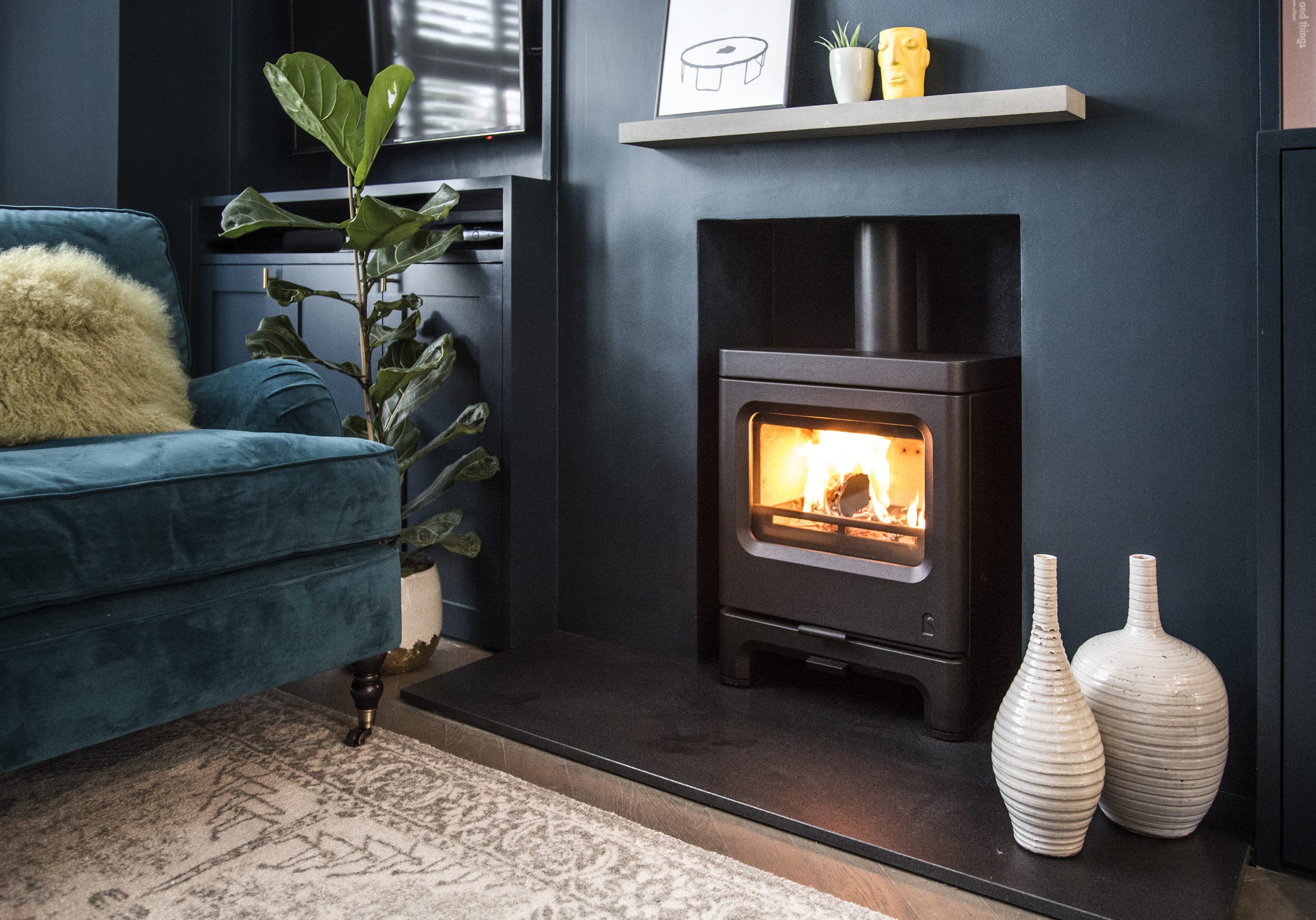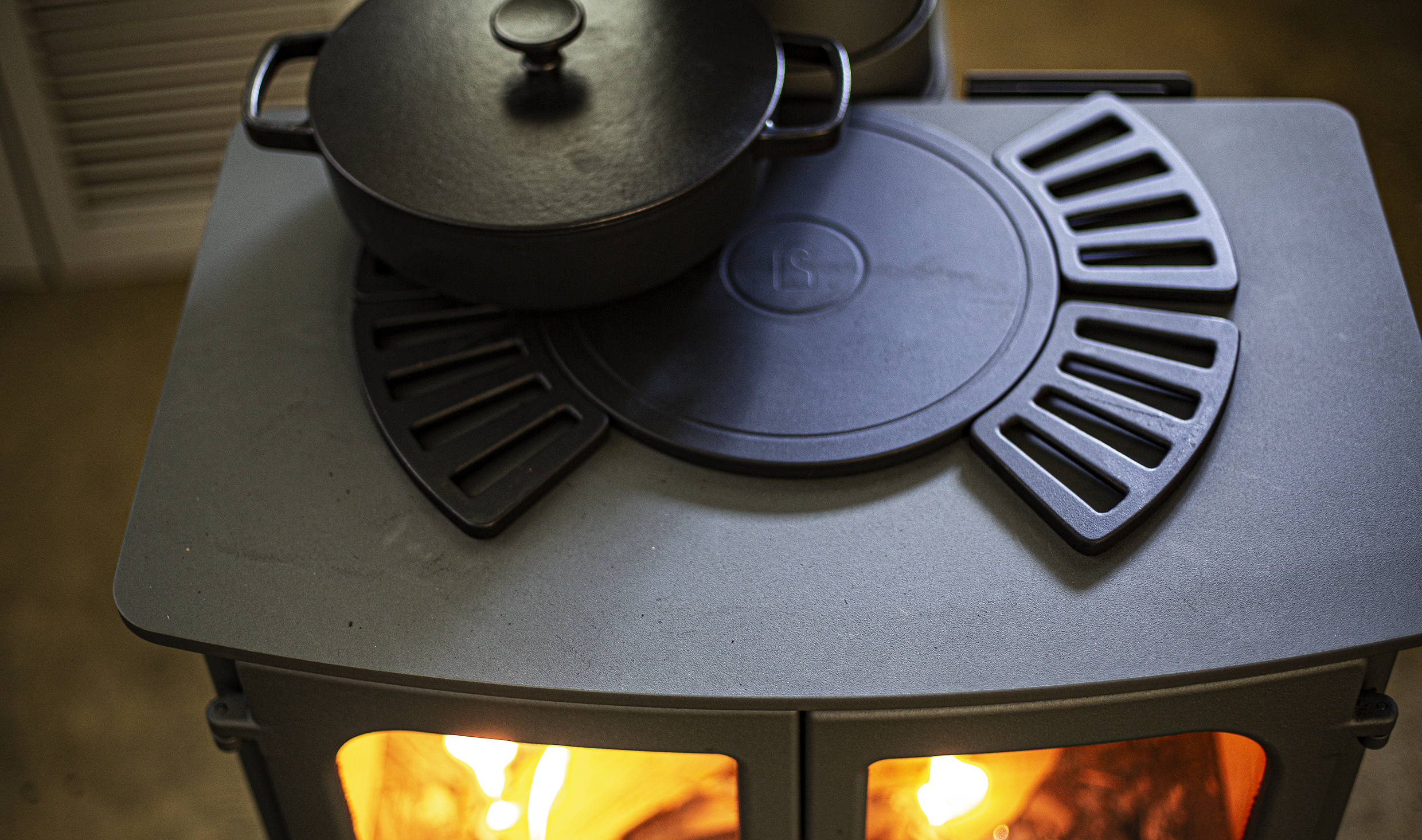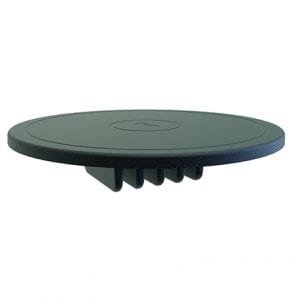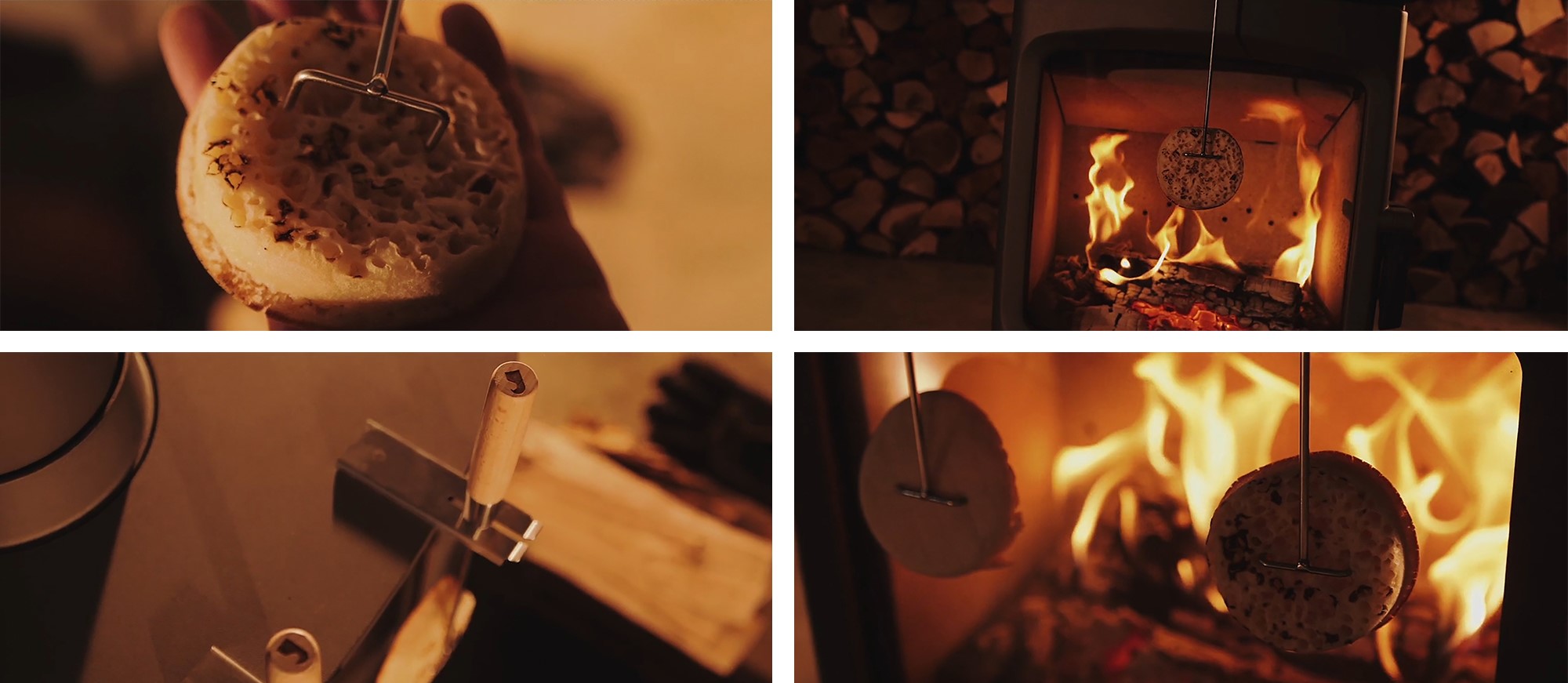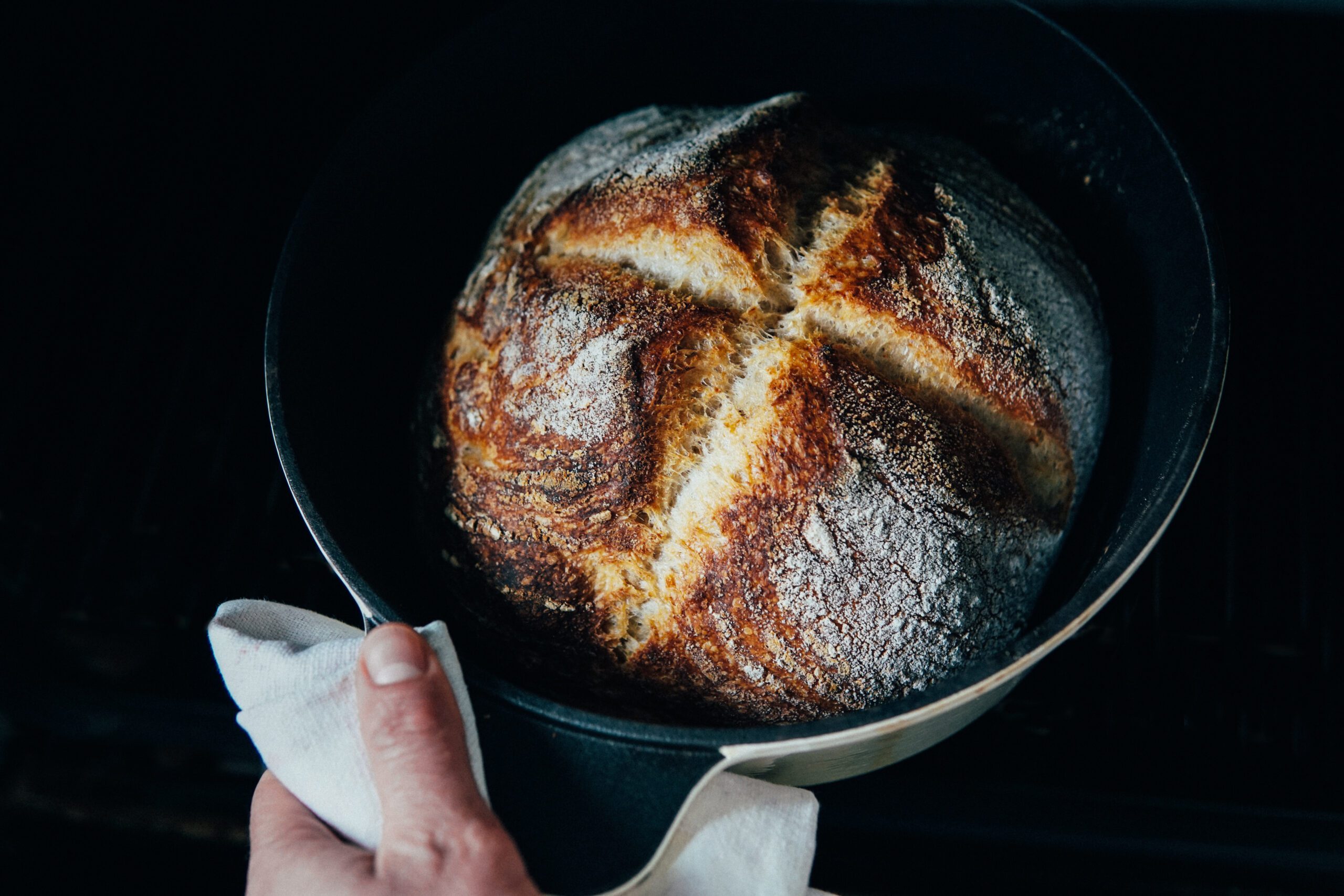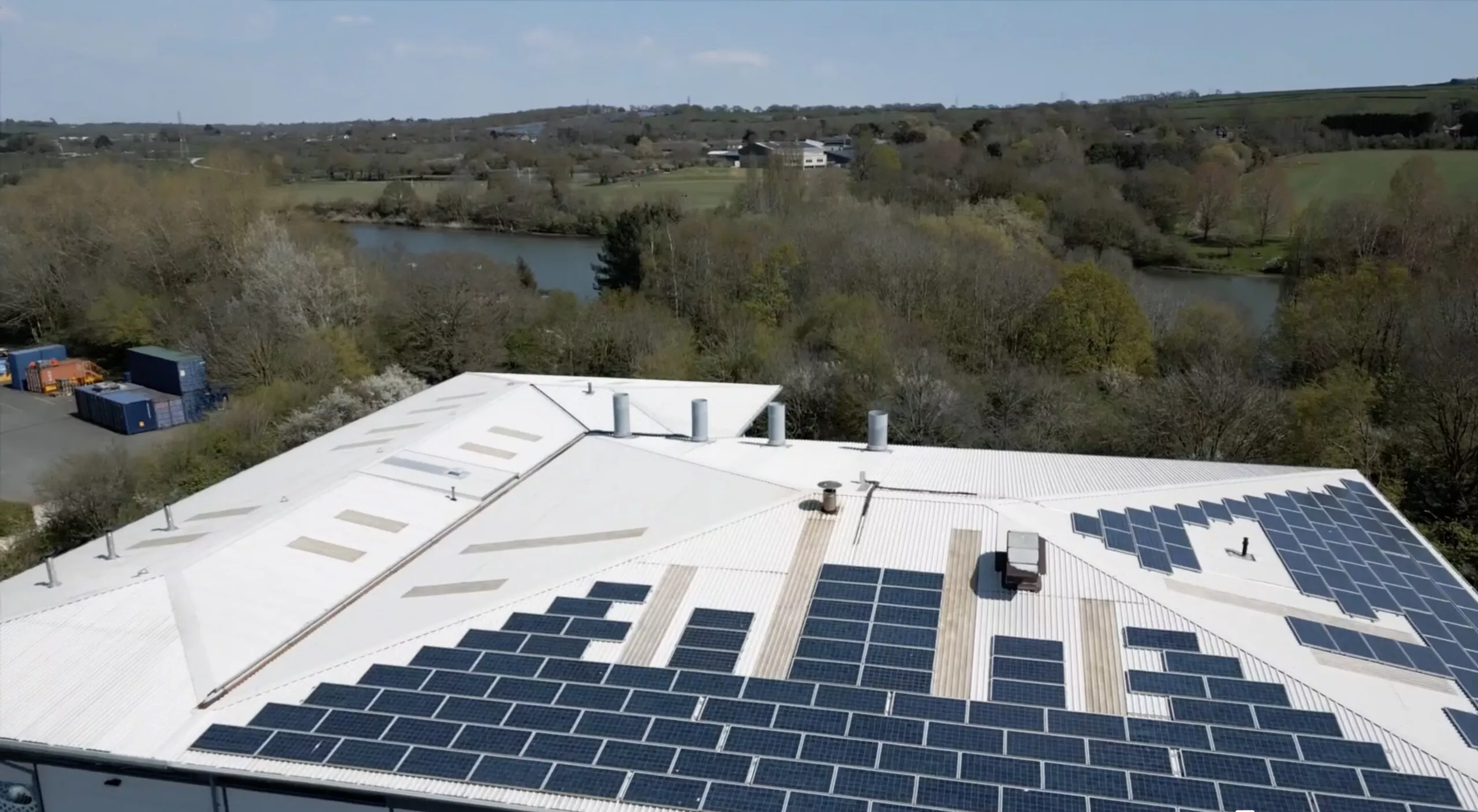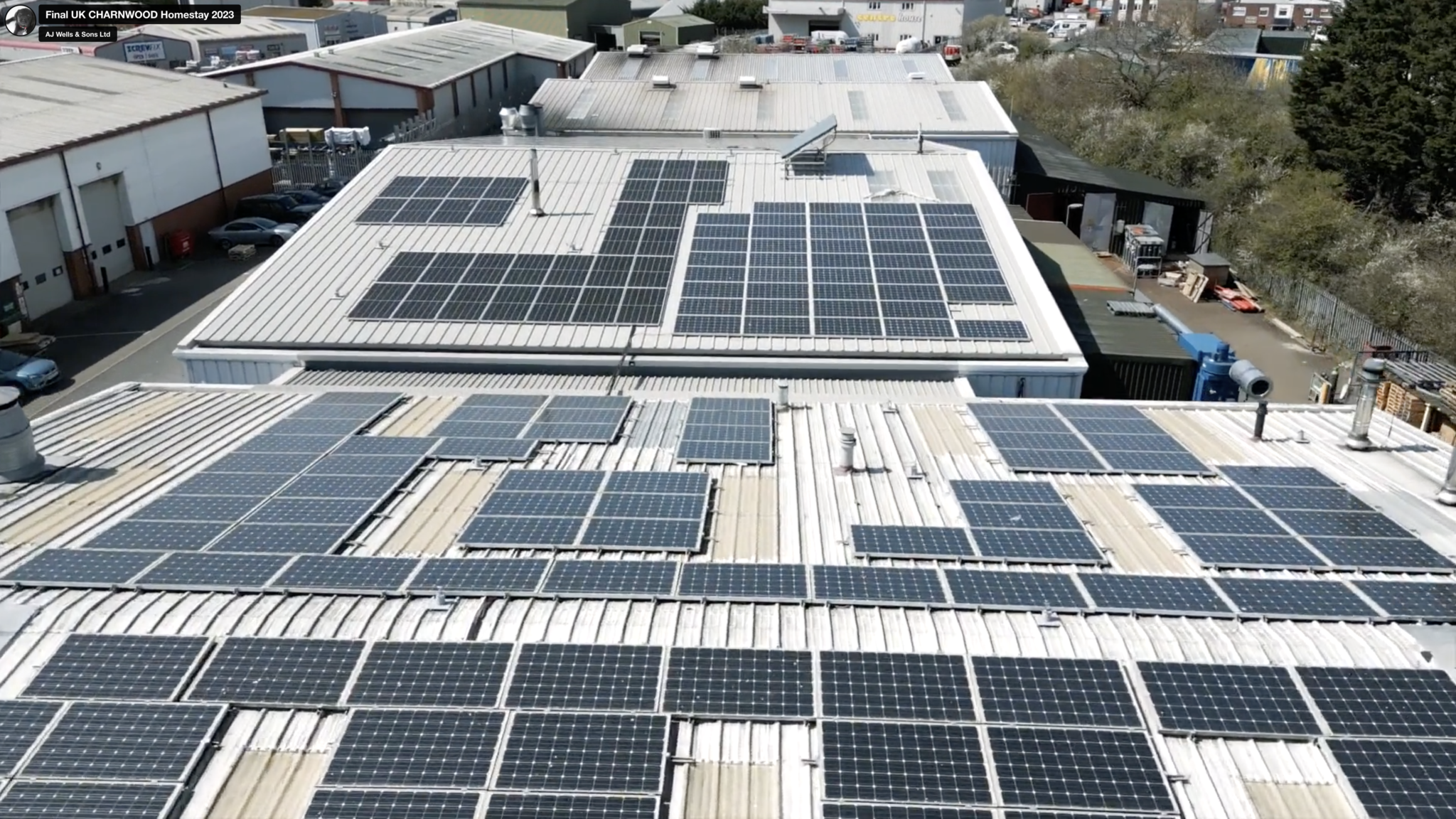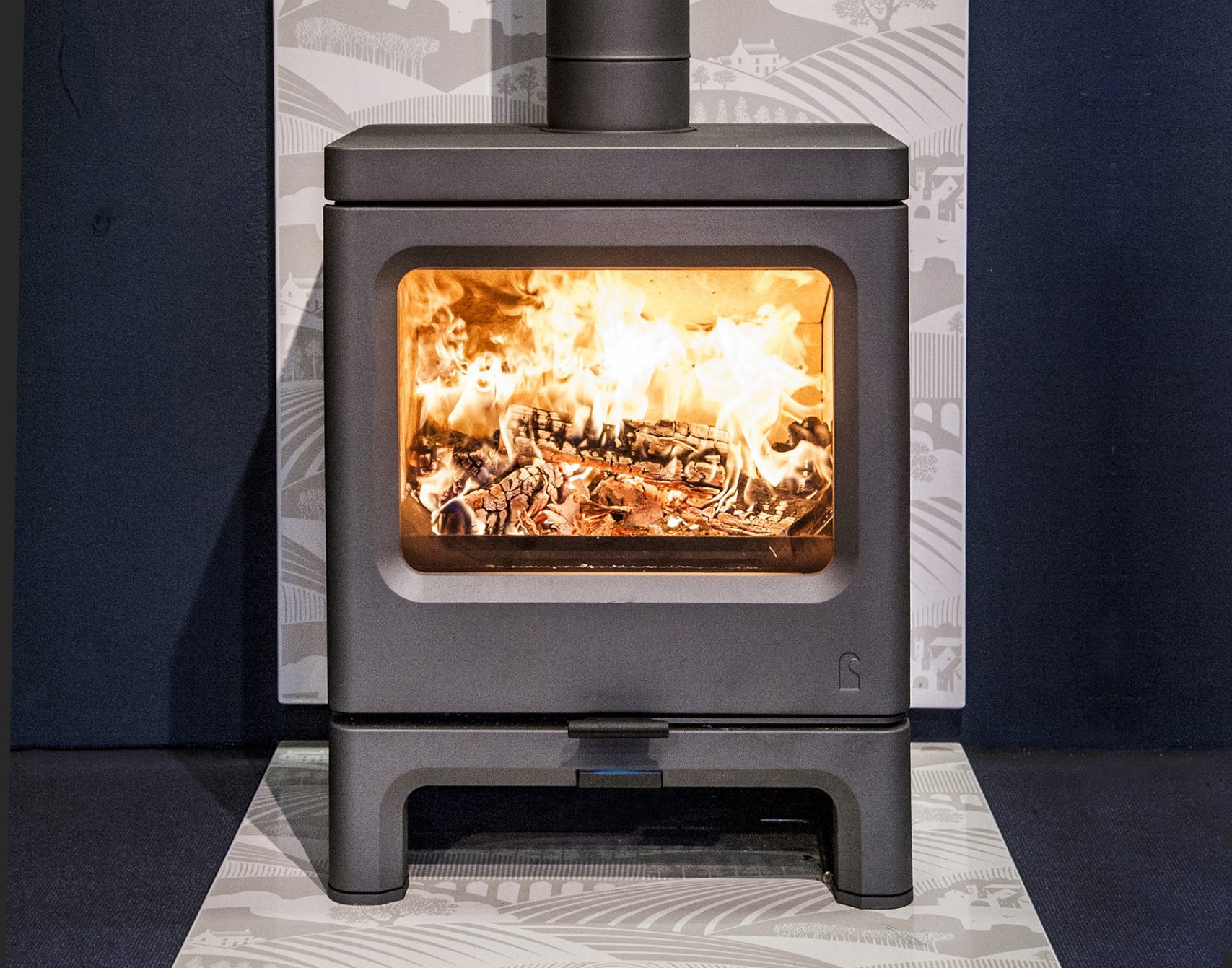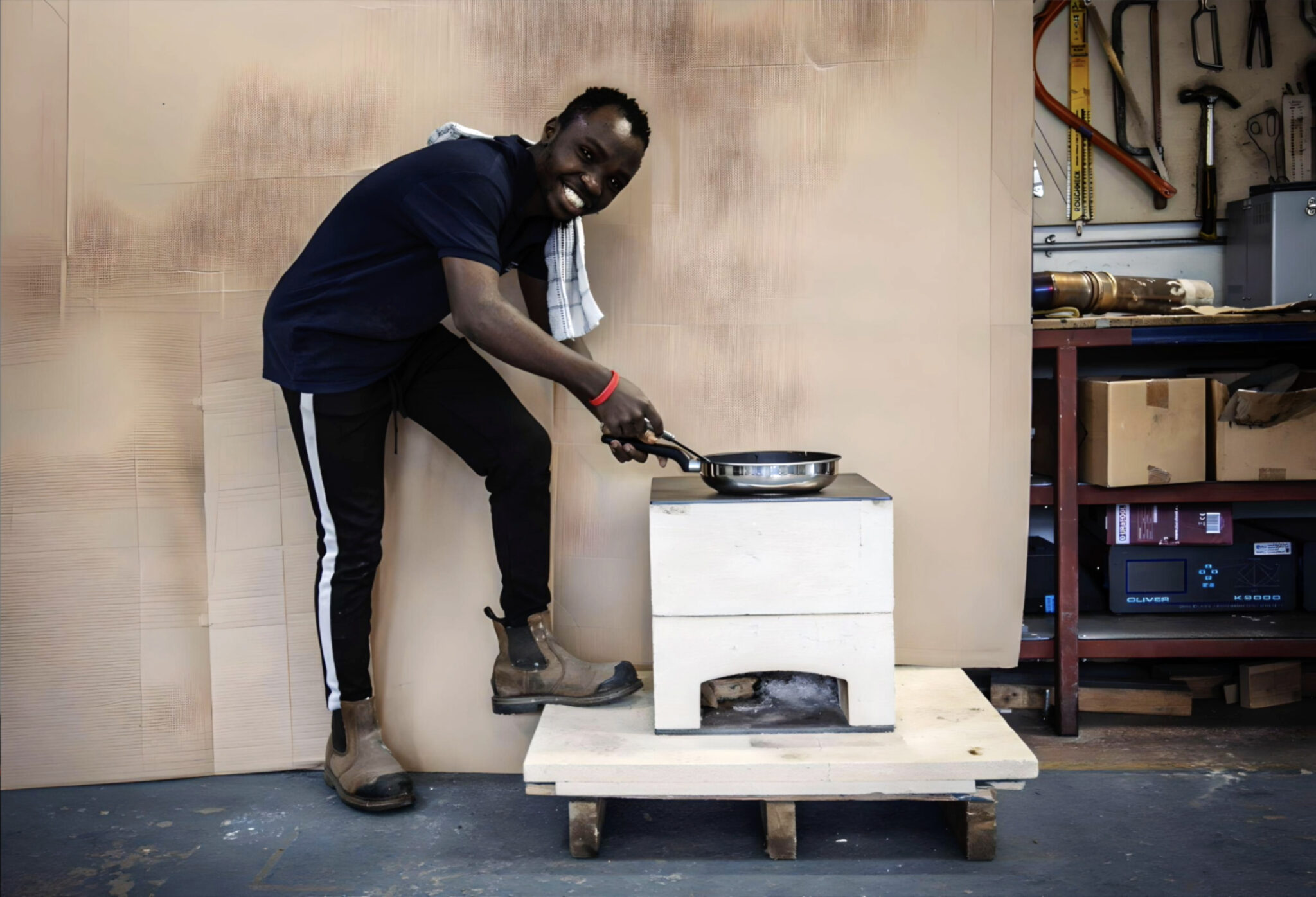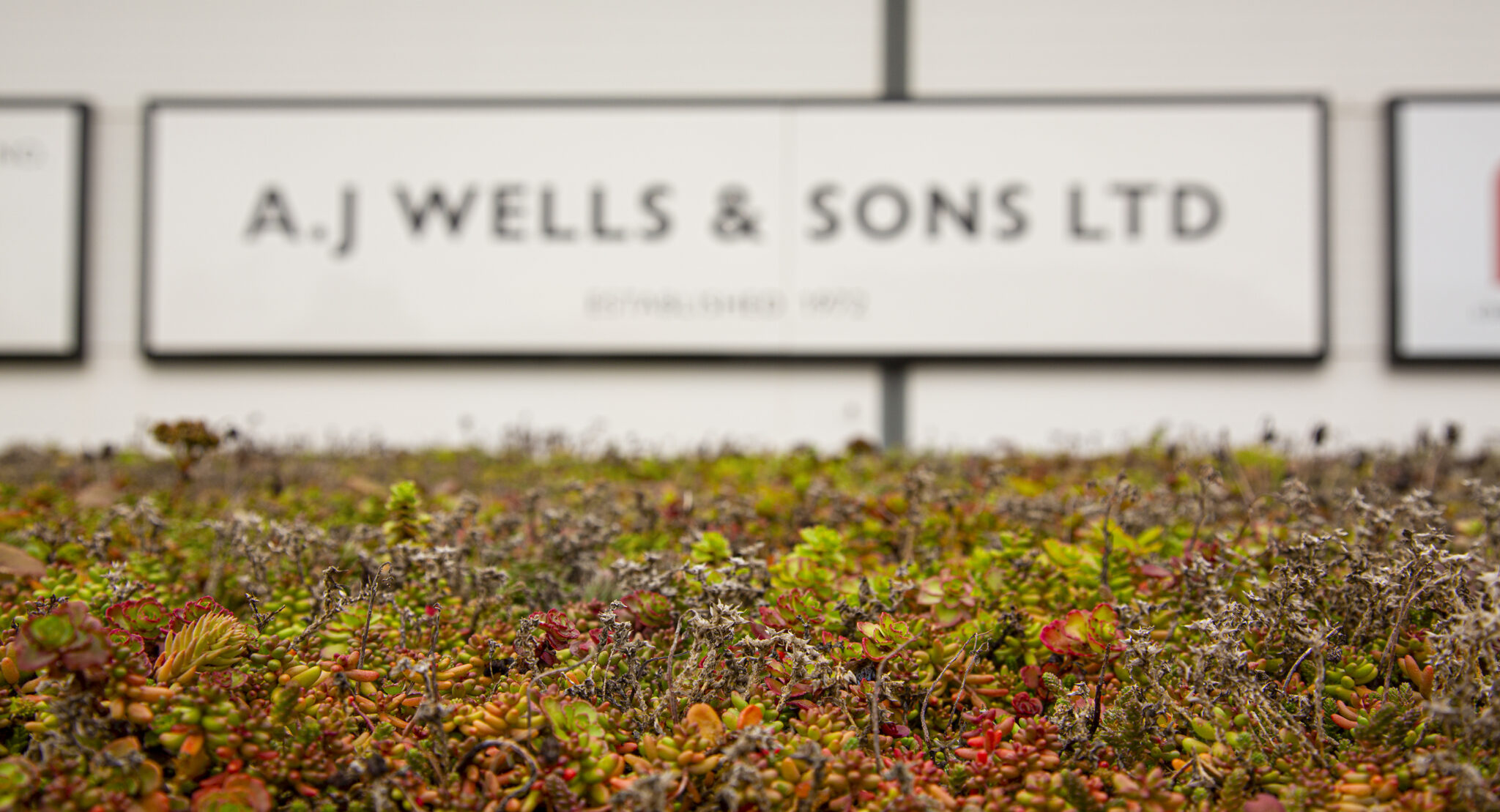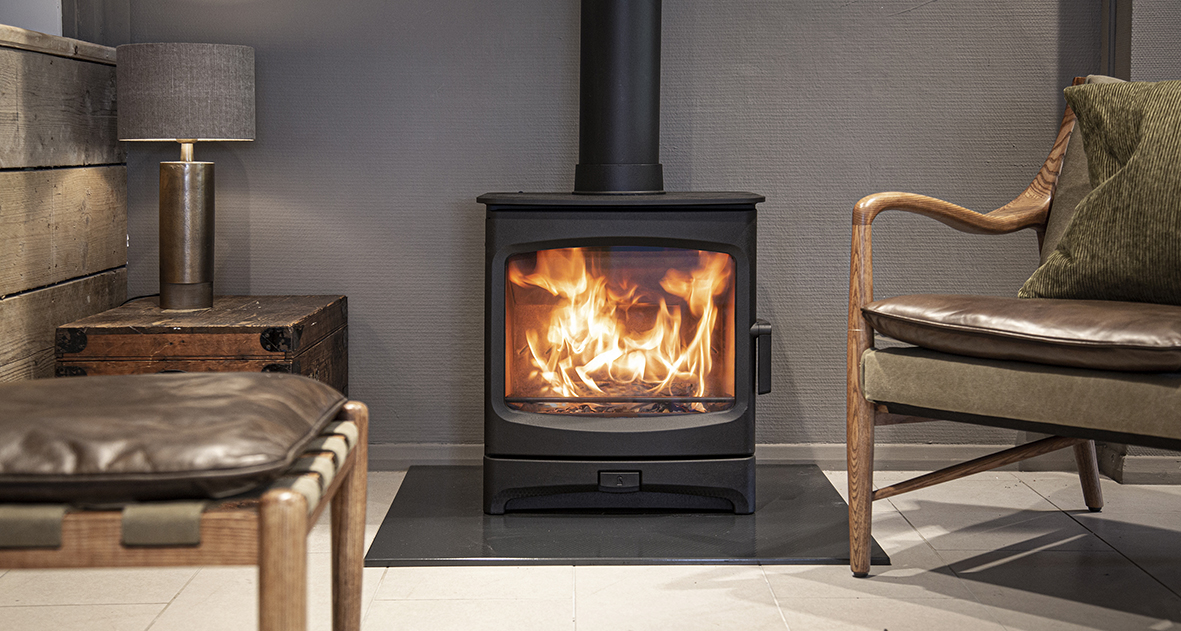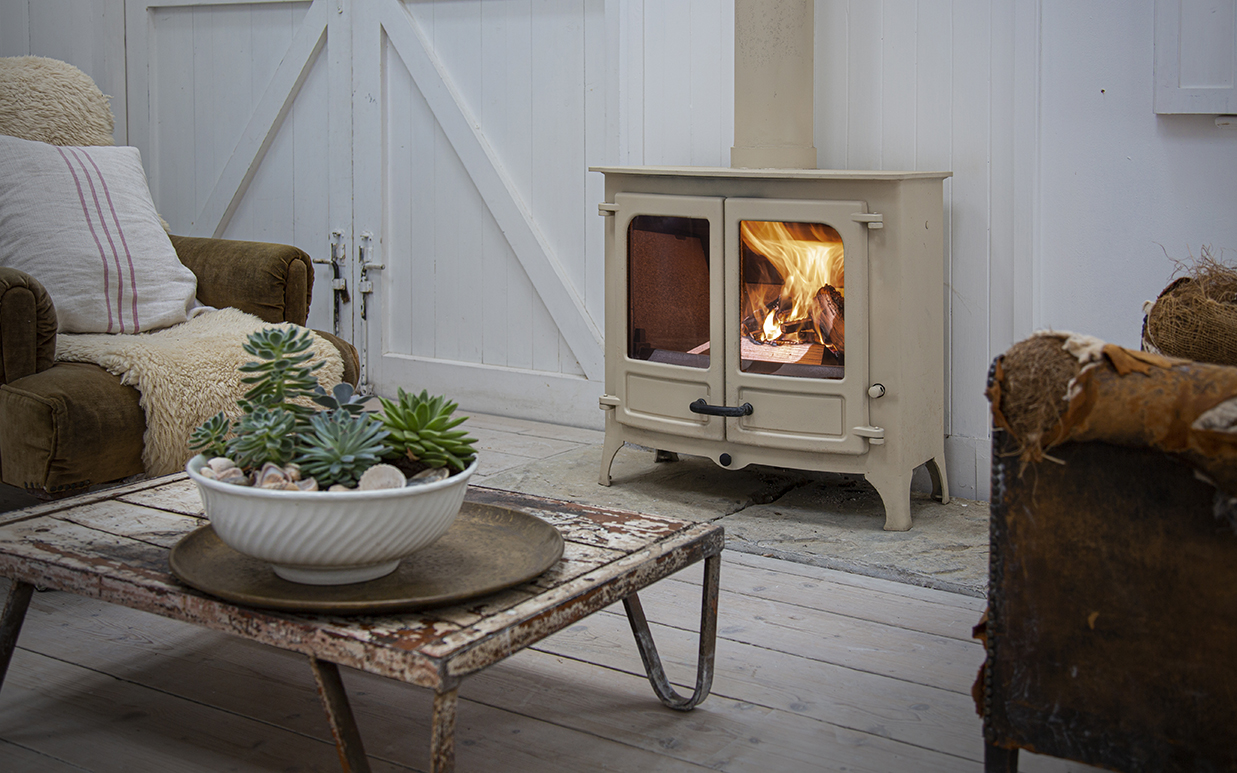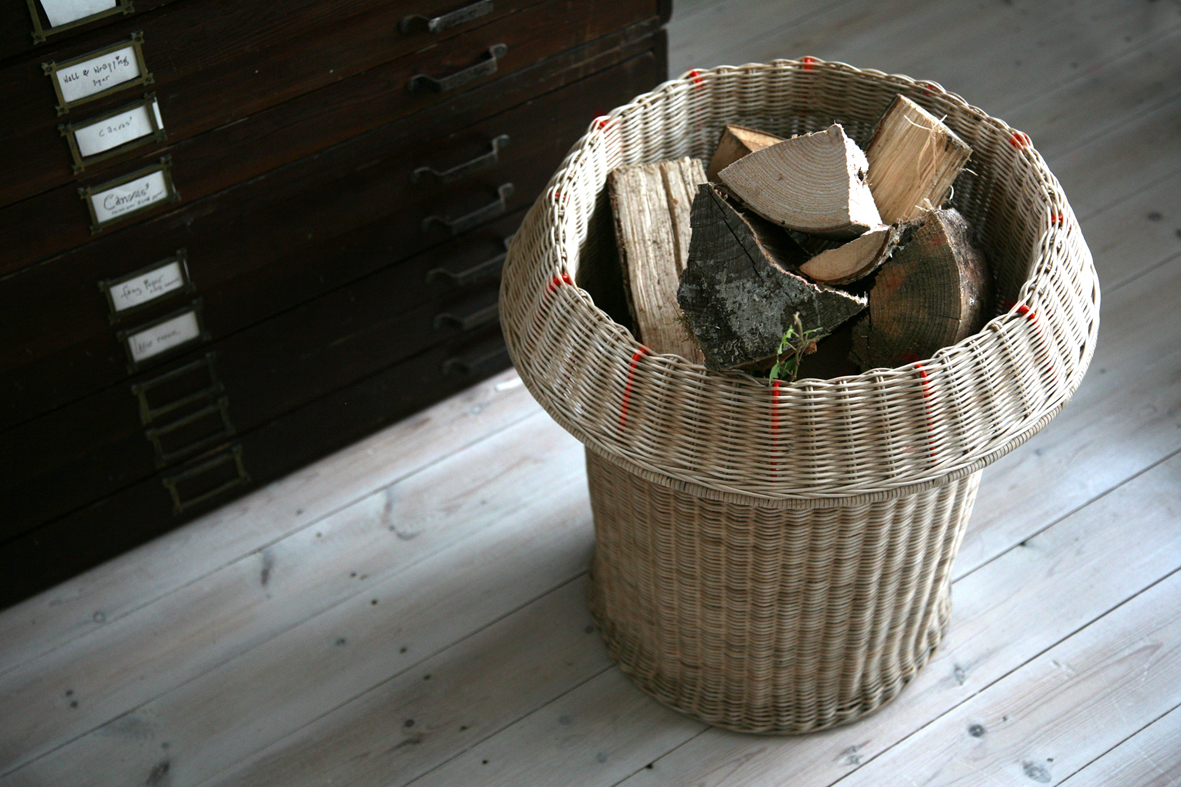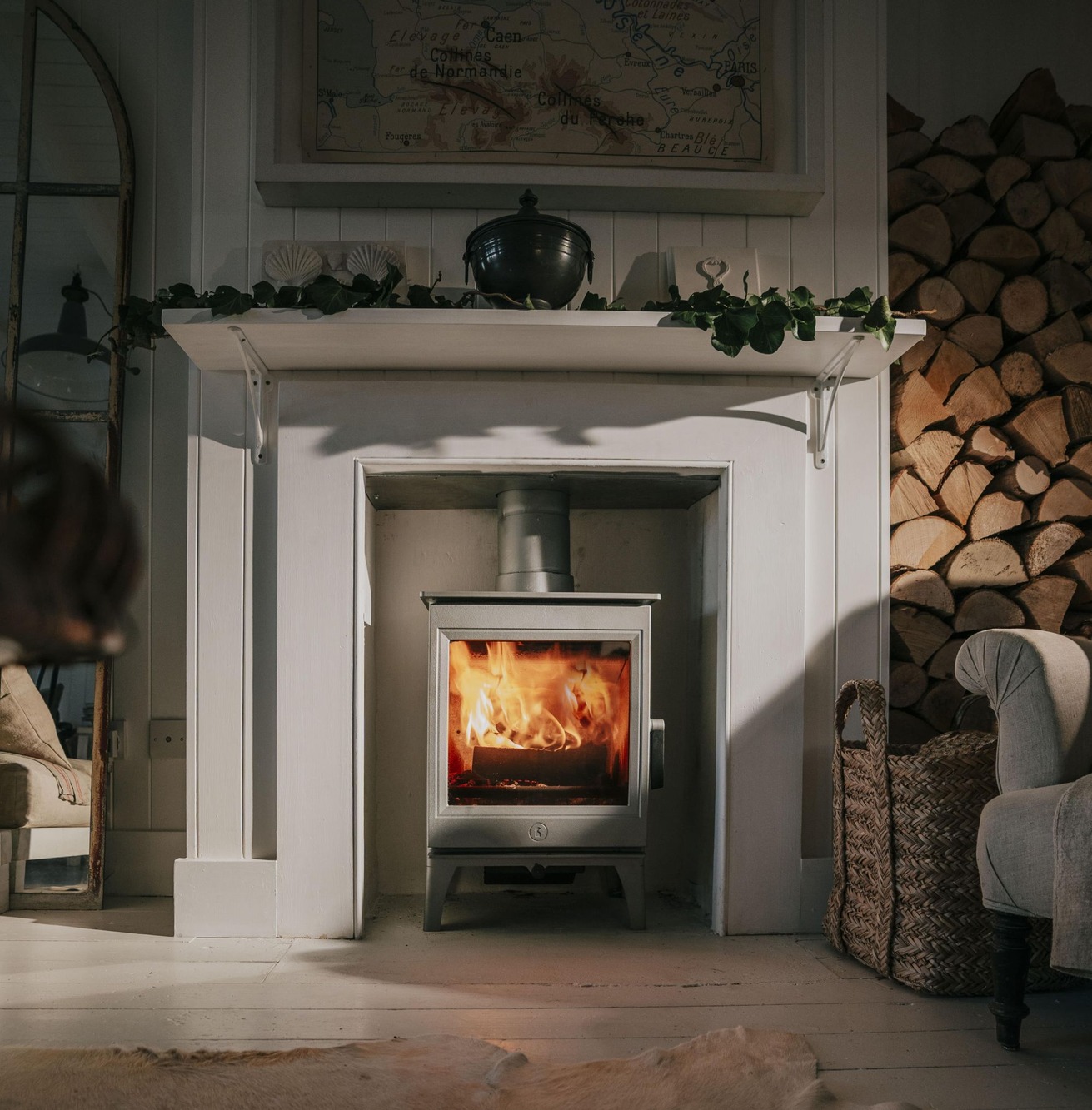Woodburning stoves make for a great addition to any home and can completely change the atmosphere and ambiance of a room. As well as an efficient and clean source of heat, a wood-burning stove should also be a focal point within a room and compliment the overall aesthetic.
Whether you want a cosy homely feel, or something more dramatic and contemporary, we’ve put together some wood-burning stove design ideas for inspiration.
How do you decorate a room with a wood-burning stove?
How you choose to decorate your room with the addition of a wood-burning stove will depend on several factors, including the style of your home, where the stove will be positioned and whether you want to achieve a modern or traditional aesthetic.
What do you put behind a wood-burning stove?
Stone and brick are popular materials to use behind a wood-burning stove if you want to achieve a rustic, natural look. However, you may wish to use patterned tiles, stone veneer or specialist fireplace chamber lining panels such as vitreous enamel. Again, what you put behind your wood-burning stove will depend on its position in the room.
How far off the wall should a wood-burning stove be?
Generally, a wood-burning stove will need at least 100mm clearance from the wall, however, it may vary depending on the stove you choose. It is worth considering a wall mounted heat shield if you are tight on space. This will allow you to safely place your stove upto 95mm from the wall even if it is made from a combustible material. When you purchase a stove from one of our recommended Charnwood Stockists, they will be able to provide the exact information for the stove you choose. They will also tell you all you need to know about finding a qualified installer.
Woodburning stove design ideas
Classic stove
If you have an alcove or fire chamber in which to place your stove, opt for exposed brick with a wooden mantel above for classic charm.
Corner stove
Wood burning stoves placed in the corner of a room with an exposed flue look great in modern homes. They also come in a variety of unique shapes and colours for you to choose from.
Make it a centrepiece
Stoves don’t always need to be against a wall. If you have a larger room and are able to run a chimney up to the roof, consider making it a centrepiece and choose something tall and dramatic with a large picture window.
Add colour or pattern
Stoves come in a range of beautiful colours. If you choose black, you can still have fun with colour and pattern by tiling the hearth or surrounding area, or even by painting the brickwork a bold colour.
Go minimal
If you prefer a more minimalist approach, choose a black or white stove against a plain neutral coloured wall.
Stone veneer
Stone veneer is an affordable way of creating a traditional and luxe-looking fireplace that works in both contemporary and rustic homes.
Industrial look
Use a metal backdrop to create an industrial, modern look that gives the feel of a New York loft. You could also create a custom structure with metal or vitreous enamel panels for something truly unique.
Also explore our 4 focal feature ideas.
Is a wood burner a good idea?
Considering a wood burner for your home can be an excellent choice. Wood burners provide efficient heating and a cozy ambiance, often becoming the centrepiece of a room. They offer a sustainable heating option, utilising renewable wood resources. However, it’s crucial to assess factors like available space, proper ventilation, and local regulations before installation. With proper planning and maintenance, a wood burner can enhance your living space with warmth and style while aligning with eco-friendly heating solutions.
Also, explore our wood-burning stove wellbeing benefits.
How do you install a wood-burning stove?
To install a wood-burning stove, ensure proper clearances from combustible materials and consult local building codes. Next, prepare the installation area, including a non-combustible hearth and proper floor protection. Install a stainless-steel flue liner through the chimney, connecting it to the stove’s flue collar. Secure the stove in place, making sure it’s level. Attach the flue pipe and cap, ensuring a secure and airtight fit. Complete the installation by testing the stove and chimney for proper ventilation. Always refer to the manufacturer’s instructions and seek professional assistance if needed.
Learn more about how to install a wood-burning stove here.
Why Choose Us?
Discover unparalleled expertise and quality at Charnwood Stoves. With a legacy of excellence spanning years, we stand out as leaders in wood-burning stove design and innovation. Our commitment to craftsmanship is evident in every product we create, ensuring timeless aesthetics that blend seamlessly with your interior. By choosing Charnwood Stoves, you opt for eco-friendly heating solutions that marry style and sustainability, backed by a brand trusted worldwide. Our design ideas inspire your creativity, while our products guarantee efficient, clean-burning warmth for your space.
Join the Charnwood Stove family and experience the difference of a heritage rooted in quality and driven by passion.
Contact Charnwood today
Are you ready to transform your space with a wood-burning stove? Please get in touch with Charnwood today. Our experts are on hand and ready to answer any queries you might have. Alternatively get some inspiration from our Instagram page or explore our range here.

